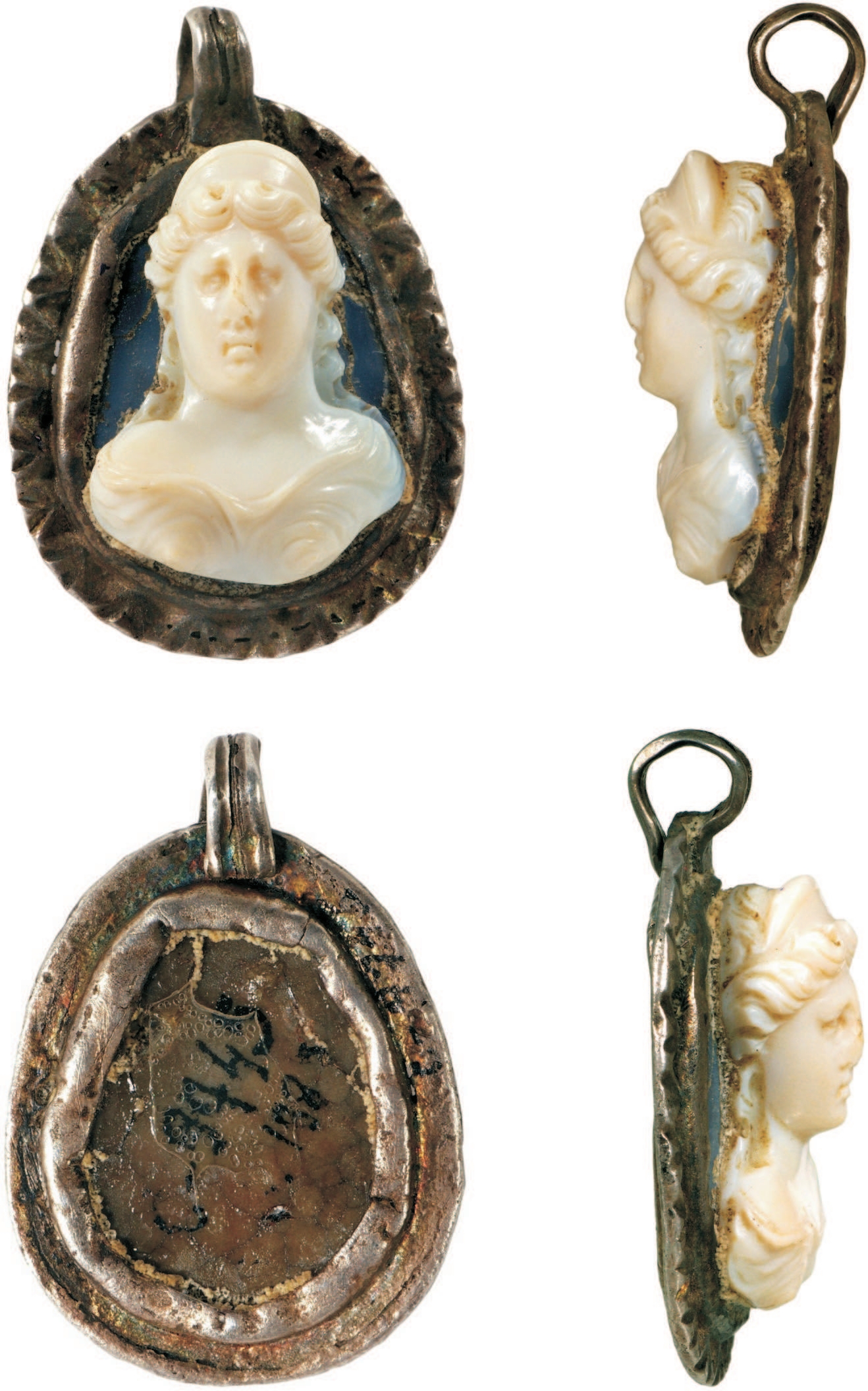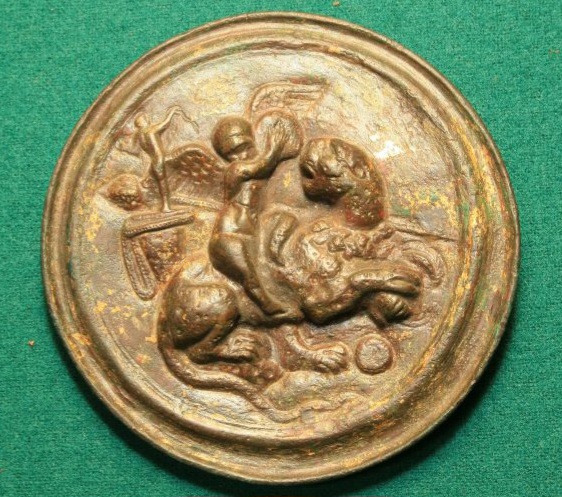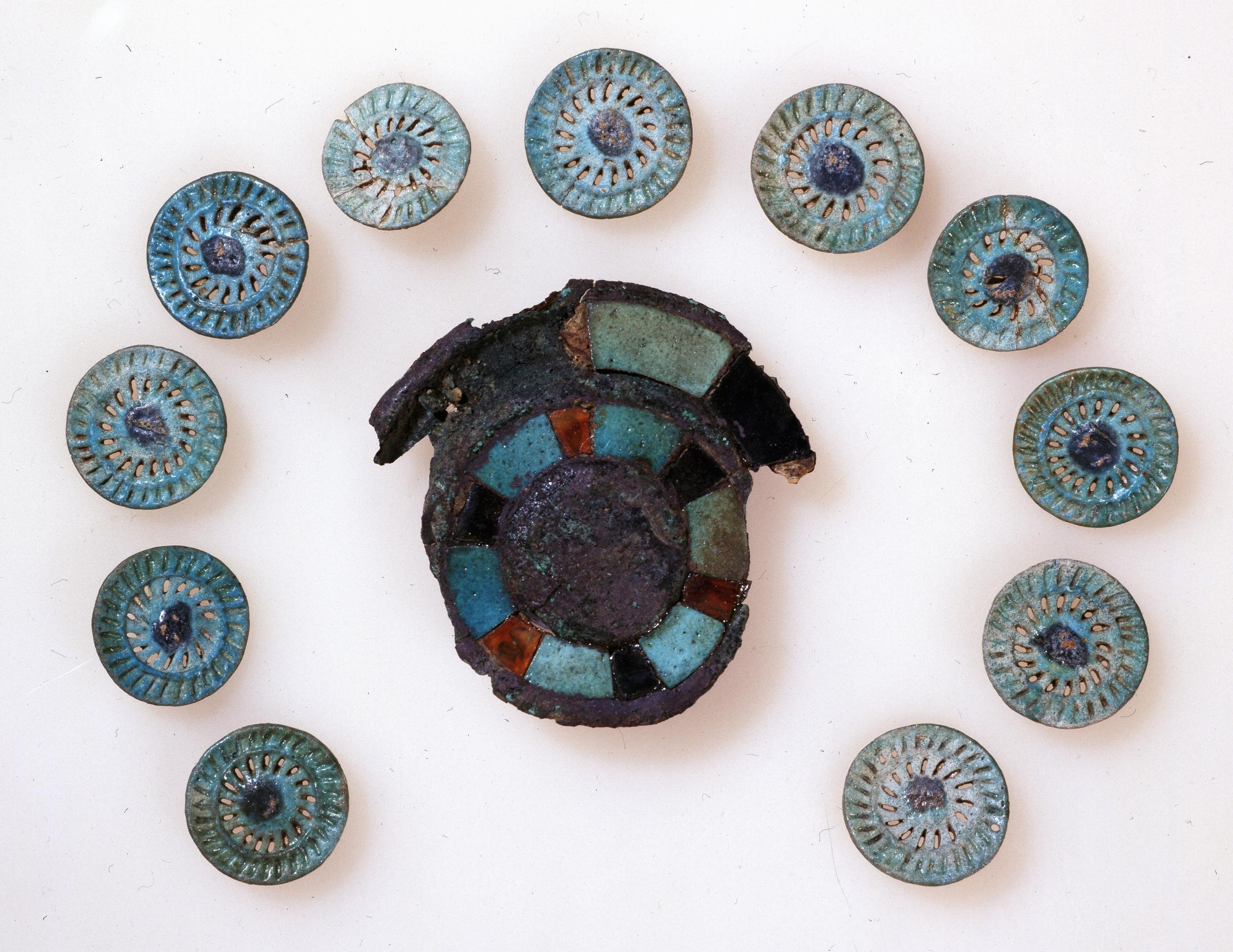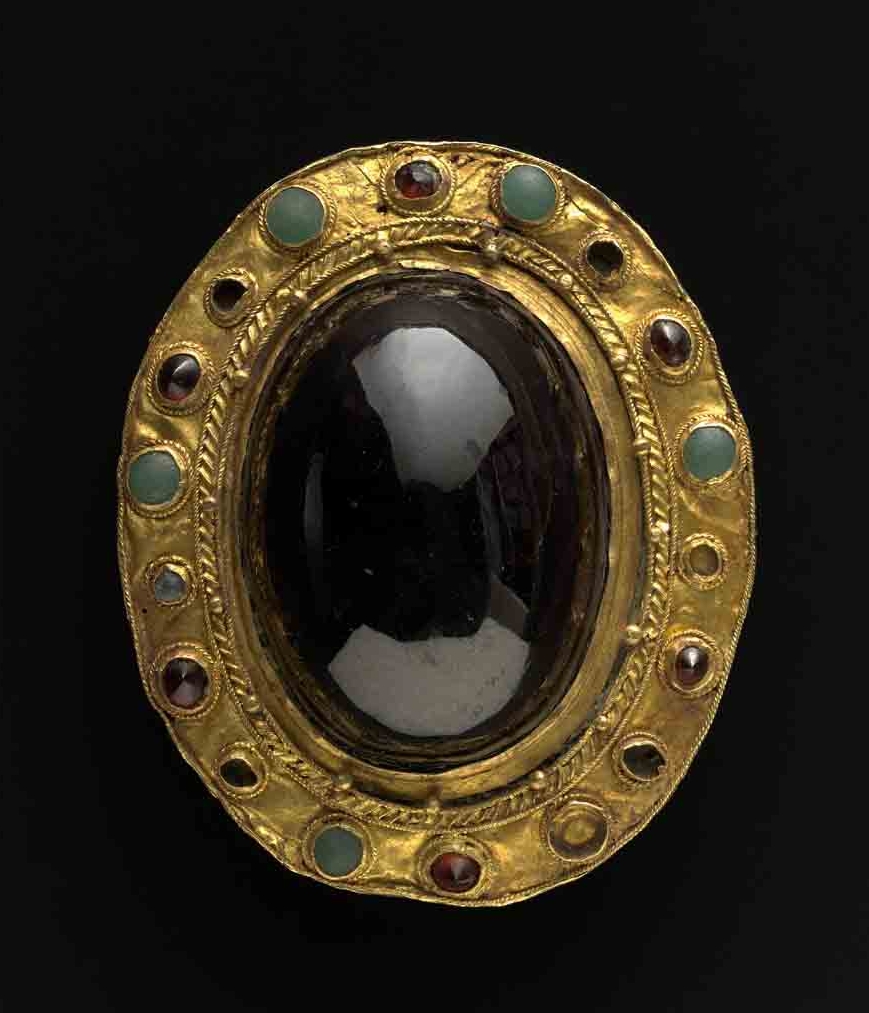
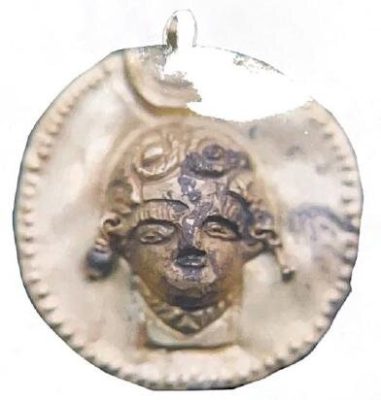
“The fact that an Anahita-type goddess existed and was highly worshipped in Ancient Georgia is supported by the later archaeological materials, such as Dedoplis Mindori (Gora) site (East-Central Georgia), where the temple complex of the 1st century BC was discovered, and one of the main cults must have been of the goddess Anahita. Near the temple, close to the village Aradeti, a high-relief image of the goddess on a medallion made of gold plate was found. The goddess is represented with a diadem, necklace and earrings, and a crescent moon rises above her head. […]
The provenance of this artifact, whose image resembles Anahita, should leave no doubt that the Iranian goddess Ardvi Sura Anahita is represented on the plate. The image of Anahita is also found in other regions of Georgia”
K. Ramishvili, H. Giunashvili, Ancient Georgia and pre-Islamic Iran: Issues of Cultural Relations in the Light of Glyptic Data. 2024
https://www.hunara.org/article_176111_b3e4f3cb1b4a584deef31f2e22a0624f.pdf
Gold medallion with the depiction of goddess, from the SW part of the settlement, found in 1926. Diam. 3.2 cm; depth of the relief 1.0–0.1 cm.
GNM inv. no. FA A 133:1618
“In the Palace at Dedoplis Gora, on the plastered floors of its rooms, gold, silver and bronze jewelry, as well as thousands of faience, glass and stone beads and pendants were excavated. As a result of the strong fire, most of these objects were badly damaged or broken, and their color and texture have changed.” [Nana Gogiberidze, Jewelry]
“Circular, with a relief head and neck of a goddess, stamped with a poinçon on the edge, with a double lamellar haft. The face rounded, features are clearly shown: eyes, thick nose, lips. The hairstyle rounded; two rosette-like curls depicted on the forehead, above the eyes (a diadem?). Right above the head, under the haft, there is a crescent-like hoop. A necklace, formed by poinçon, decorating the neck. Earrings threaded through the pierced ears – small bluish-grayish paste-beads hanging on the wire, its ends coiled on the stem.” [Nana Gogiberidze, Jewelry]
“The medallion with a goddess, with a crescent over her head (cat. no. 153) is the most remarkable among them. Apparently, the goddess of fertility is depicted, maybe ArdviSura Anahita whose cult became common from the beginning of the 4th century B.C. and whose representations have been found in different archaeological contexts in Georgia. Outstanding features of our medallion are wired earrings, separately hung, with small bluish paste-beads. The wire of this earring is coiled on a stem in the same way as on the sections of the gold necklace (cat. no. 145). The small beads are exactly the same as on the above mentioned piece. Such beads, welded together, were found together with the necklace in a bone box.” [Nana Gogiberidze, Jewelry]
[Nana Gogiberidze, Jewelry, in Iberia and Rome: The Excavations of the Palace at Dedoplis Gora and the Roman Influence in the Caucasian Kingdom of Iberia, p. 172]
Nana Gogiberidze, Ketevan Javakhishvili, METAL ADORNMENTS FROM DEDOPLIS GORA, in Iberia-Colchis N6
https://www.academia.edu/65435100/Iberia_Colchis_N6
[Syrian Luna /Atargatis ???]







